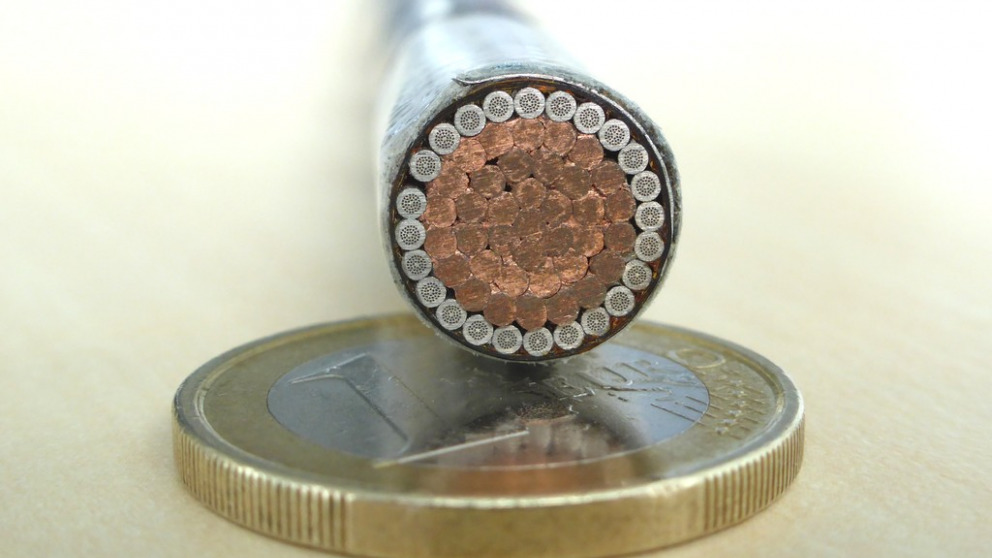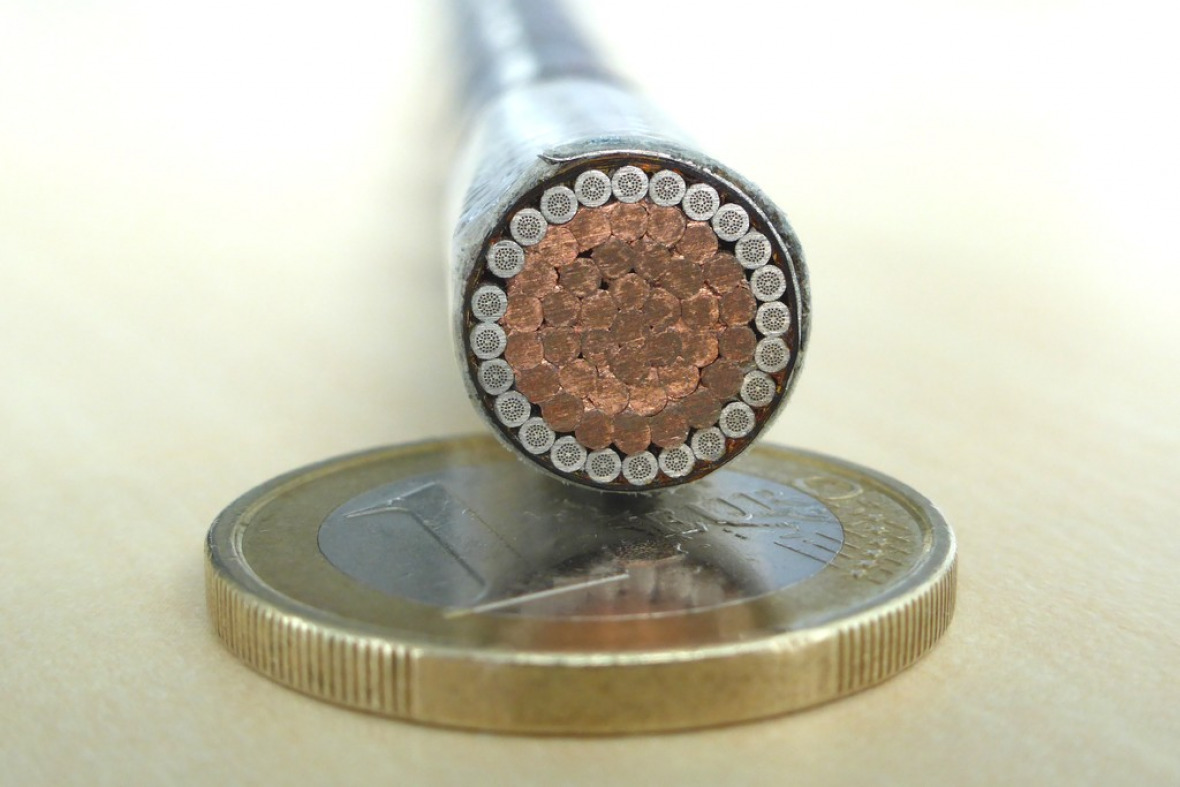The Grid of the Future: Tests on New Superconducting Material Deliver Promising Results
18.05.2016
EU Project "Best Paths"

European scientists are currently testing a variety of options to connect superconducting direct current lines made of magnesium diboride (MgB2) to the existing electricity grid as part of the research project Best Paths, which is funded by the European Union. Best Paths, which runs from October 2014 to September 2018, was launched with the aim of developing technology for future electricity transmission solutions. Physicist, Nobel Laureate and former IASS director Carlo Rubbia was one of the first to recognise the potential application of MgB2 for underground superconducting cables. Developing the material to full maturity is the goal of one of five areas of research addressed in the Best Paths project. The technical coordination of this area is assumed by Nexans France, with the IASS managing its scientific coordination. In early May, at a meeting of the partner institutions (the consortium includes research institutes, industrial and engineering companies, energy providers and grid operators), participants were very positive about the progress made so far. "We are very satisfied with the performance of the material", said Christian-Eric Bruzek of Nexans France, the largest manufacturer of cables worldwide.

Superconductors are materials notable for their complete lack of electrical resistance when cooled to very low temperatures. According to Bruzek, experiments carried out in Genoa at a facility operated by wire manufacturer Columbus have shown that MgB2 is suitable for use in large-scale production. "Over the last few months we have manufactured a number of wires using MgB2 in which we experimented with different compositions and designs. These experiments have already enabled us to raise the performance of the wires by 25 per cent, and there is a high probability that we will double this performance over the next months," explained Bruzek. Building on the knowledge gained in this process, the roughly 40 participating scientists and technicians are now working to develop a complete cable system.
The greatest challenge will lie in connecting the new cables to the existing grid system, explains Adela Marian, a scientist with the IASS. "At ten kilo-amperes, the amperage of these superconducting cables is five times greater than that of conventional cables; meanwhile, their operating temperatures are significantly lower at -250º C. This makes it especially challenging to connect them to conventional high-voltage cables, which operate at ambient temperatures." However, solutions to this challenge already exist and need to be implemented over the coming months. A demonstrator model featuring a 20-metre-long section of superconducting cable is to be built in 2017 and a final test phase is scheduled for 2018. The participating researchers have outlined their work in a recently published paper.
Superconductors can help to integrate the growing share of energy from renewable sources into the European energy mix. As these cables can be laid underground, require only small corridors and are capable of transporting large amounts of electricity, they have a small environmental footprint and disrupt landscapes to a far lesser extent than conventional high-voltage transmission infrastructure. By 2050, the majority of Europe’s electricity will come from renewable energy sources and transmission grids will need to be geared to both transporting large quantities of offshore wind-generated electricity and integrating it into existing grids. The challenge of integrating large volumes of renewable energies into the grid hinges on their intermittent nature and uneven geographical distribution. Major development of the European grid infrastructure is thus considered critical to maintaining a reliable power supply.
Links:
- Ballarino, A., Bruzek, C. E., Dittmar, N., Giannelli, S., Goldacker, W., Grasso, G., Grilli, F., Haberstroh, C., Holé, S., Lesur, F., Marian, A., Martínez-Val, J. M., Martini, L., Rubbia, C., Salmieri, D., Schmidt, F., Tropeano, M. (2016): The BEST PATHS Project on MgB2 Superconducting Cables for Very High Power Transmission. - IEEE Transactions on Applied Superconductivity, 26, 3, 5401705.
- "Research in focus" – a dossier on superconductivity
- Website: Best Paths Project
